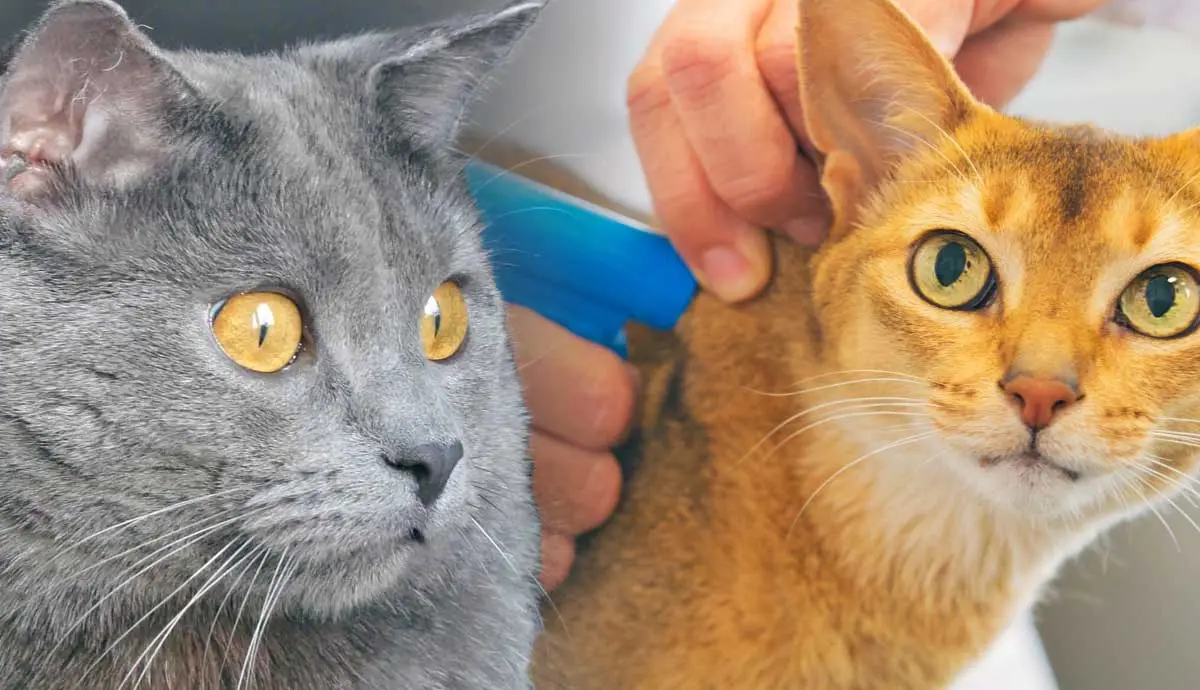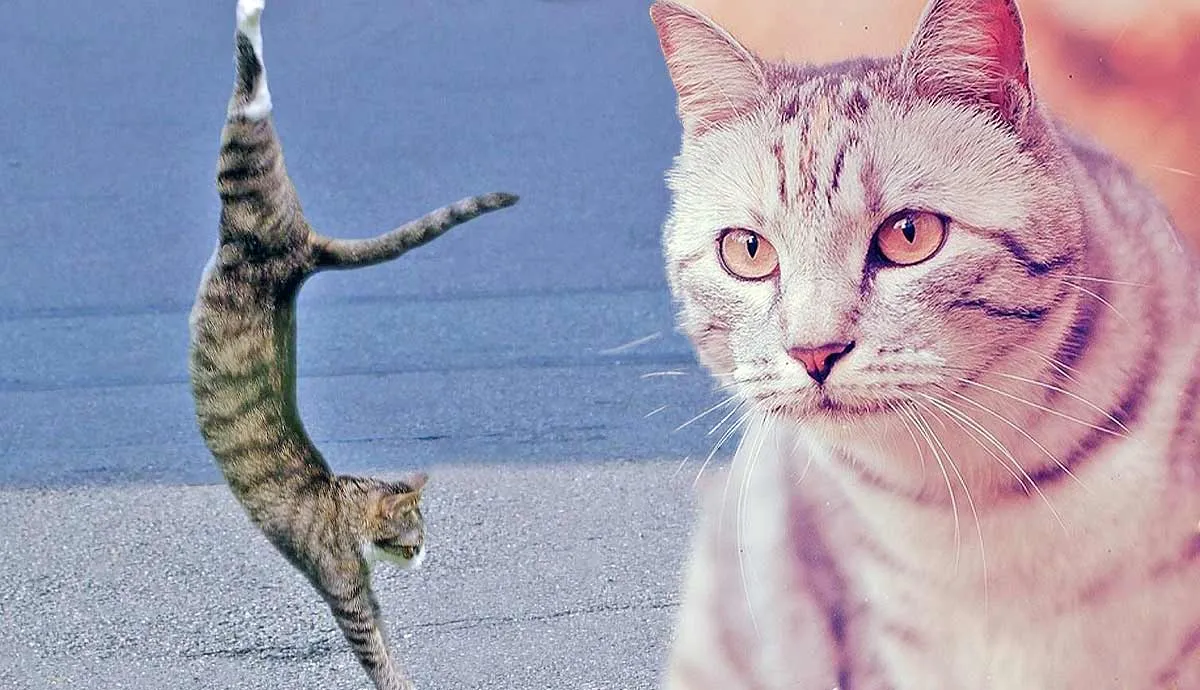I remember waking up for work at 5 a.m. one day, but something seemed off – my cat wasn’t sleeping by my feet.
When I walked out of my bedroom, I immediately panicked – the front door was wide open. I looked everywhere, but couldn’t find my little buddy. To make matters worse – he wasn’t microchipped.
Luckily, when I stepped out the front door, he was sitting at the bottom of the steps – waiting for me. I vowed right then and there to get him microchipped immediately – here’s why you should too.
What Is Microchipping a Cat & Why Is It Important?

A cat microchip is a small, radio-frequency identification (RFID) transponder inside a glass cylinder – no larger than a grain of rice. The veterinarian implants the microchip into your cat’s shoulder area (under the skin) using a needle and syringe.
The microchip is attached to an identification number that’s usually 15 digits long. This number is unique to your cat and your cat only.
The actual chip doesn’t run on electricity, and there’s no battery. Instead, veterinarians activate it by waving a scanner that emits radiofrequency waves. Once they have the identification number, they can search for the owner’s contact information in the national database.
So, why should you consider microchipping your cat?
It’s okay to be skeptical of microchipping your cat – it shows you care, and proves you want what’s best for them. While it’s not mandatory in the United States, here are five reasons why I highly recommend it.
5. Quick and Easy Procedure
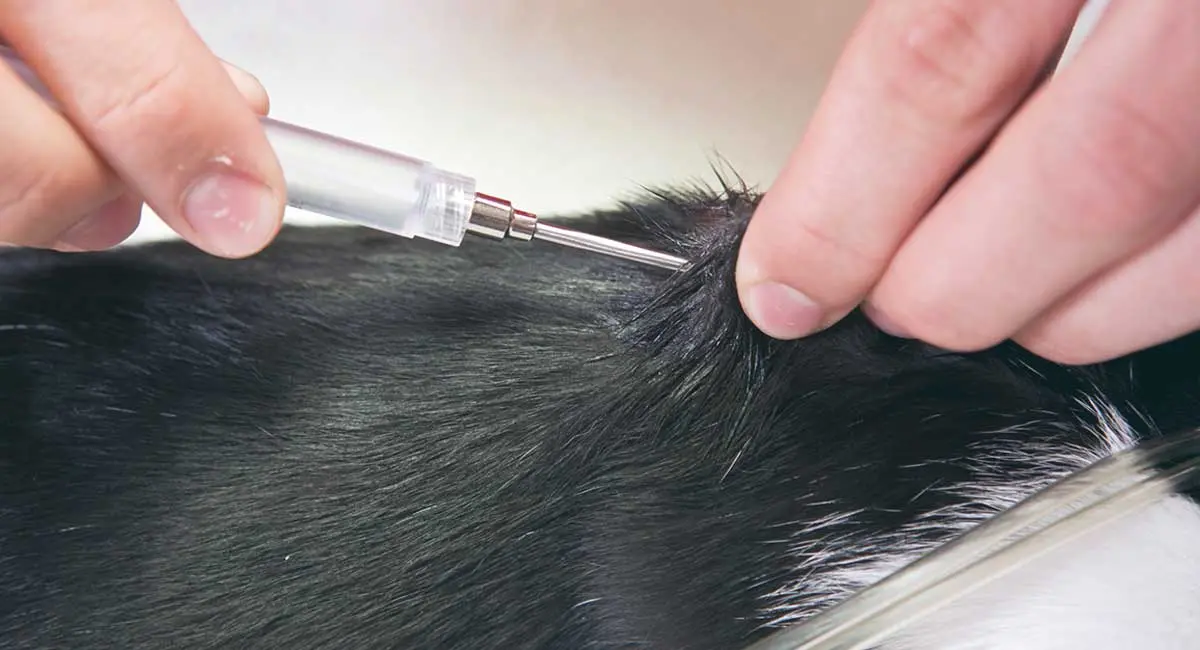
Contrary to popular belief, the process for microchipping a cat (as explained above) is as quick, easy, and painless as administering a vaccination. It only takes a couple of seconds, and they’ll barely feel anything.
Anesthesia isn’t necessary, but there are some instances where microchips are implanted while a cat is sedated. For example, some cats are microchipped while getting spayed or neutered – allowing the vet to multitask and ‘kill two birds with one stone.’
If the cat is awake, your veterinarian (along with your help) will distract them with tasty treats and toys – waiting for the perfect moment to insert the microchip. By the time they’re done, your cat won’t even know what happened.
And since most veterinarians and animal hospitals have microchips on hand, they can usually microchip your cat during your checkup appointment – meaning you won’t have to make a second trip.
4. Cats Are Prone to Running Away

I’m lucky enough to have a cat that has no interest in running away – even when given the opportunity, he decided to stay right by the front door until I was awake.
Still, I got my cat microchipped immediately because I didn’t want to take the risk of him running away – and me never seeing him again.
While microchips don’t work like a GPS device (sorry, but you can’t ‘track’ your cat), they do give animal hospitals and shelters a way of identifying your cat – if someone brings them in. All they need to do is wave a scanner by your cat’s shoulder, get the identification number, and then search the database.
It’s never a guarantee that they’ll return, but having a microchip increases those chances dramatically. I don’t know about you, but that was reason enough for me to do it – without hesitation.
3. Permanent Identification
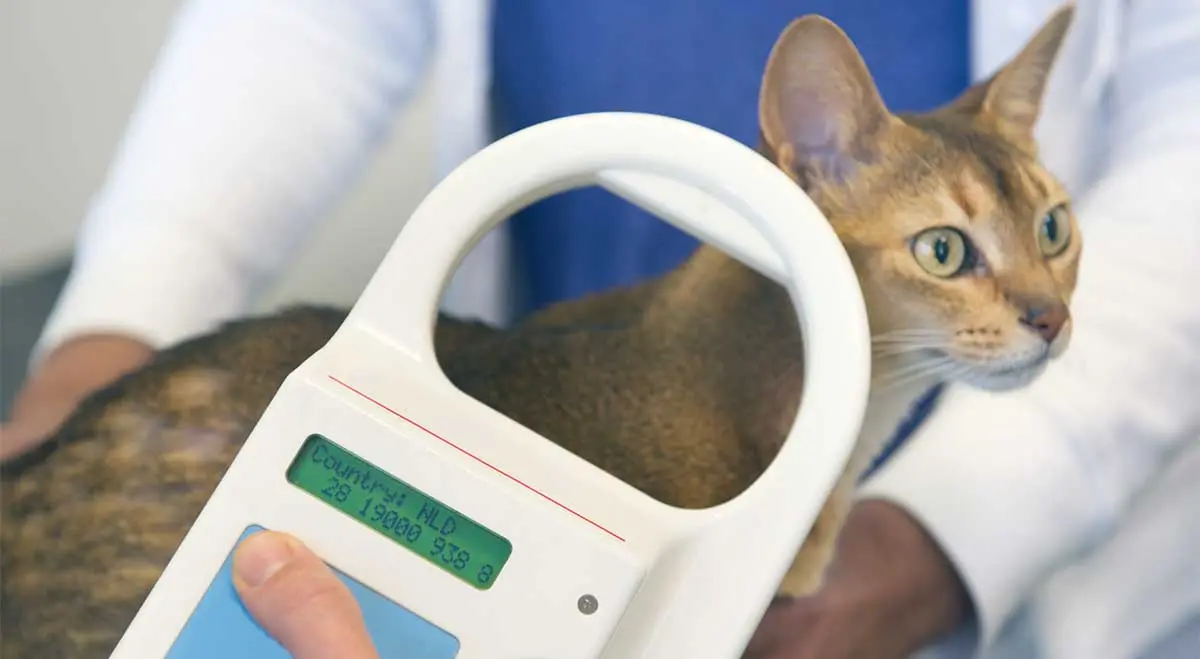
Cat microchips are designed to last nearly 25 years. Considering most cats live to be between 12 and 18 years old, you won’t ever have to think about replacing it – unless your cat lives to be 25-30 years old!
It’s a much more permanent option than the classic collar and tag – which can get beat up, taken off (cats are good at this), and dirty. All it takes is one little itch when your cat runs away, and – boom – the collar’s off.
With that said, microchipping your cat shouldn’t be viewed as a replacement or alternative to wearing a collar and name tag – in fact, they work best together. A microchip is only useful if you have the scanner that goes with it – a name tag can be seen by anyone.
If your neighbor down the street finds your cat, they’ll know who the owner is right away – without taking it to a shelter or hospital.
2. Lessens the Burden on Animal Shelters

That actually brings me to my next point – the animal shelters.
Here’s a statistic that might blow your mind – more than 7.5 million companion animals are taken in by animal shelters across the United States every year. Of those 7.5 million animals, 3.4 million are cats.
A lot of these cats end up reuniting with their owner soon (or finding a new owner) after they get scanned (if microchipped), but not all cats are microchipped – making it very hard to find their home.
Animal shelters are already filled to the brim with cats, dogs, rabbits, birds, reptiles, and more – all of which take time, energy, effort, and money to maintain. By microchipping your pet, you can lessen this burden by ensuring these animals are reunited with their owners quickly.
1. Microchip Cat Doors Are a Thing Now
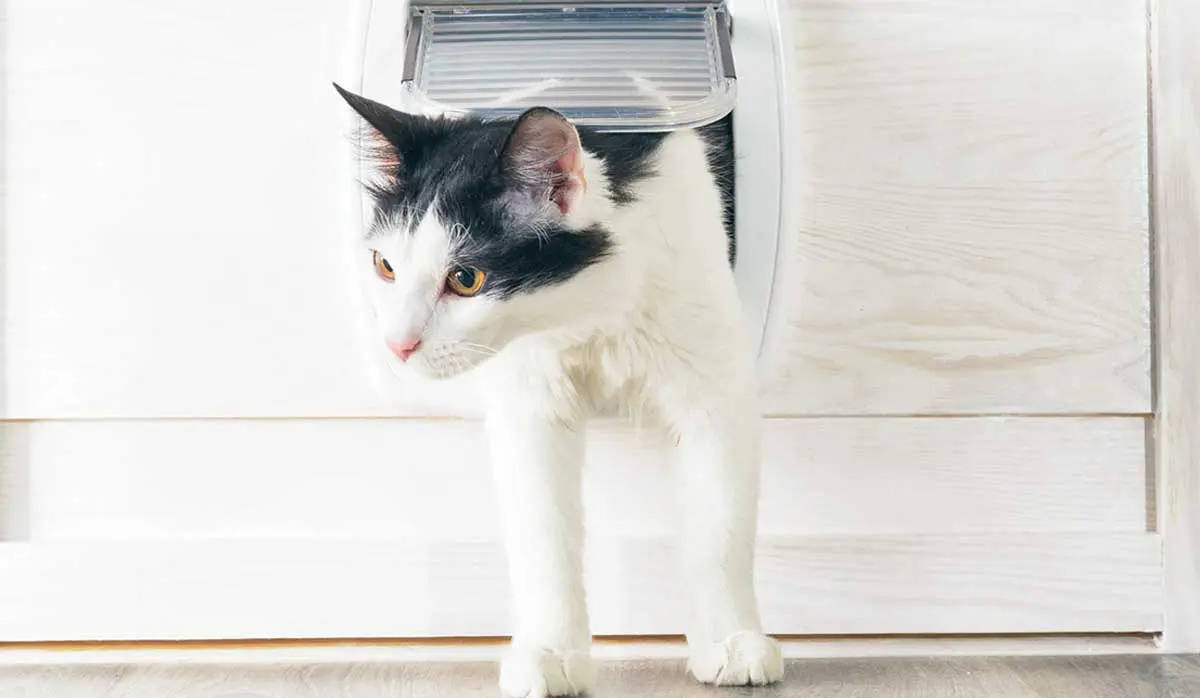
You didn’t think you were going to get out of this article without talking about technology, did you?
Microchips can be as powerful as we want them to be and can often do whatever we tell it to. While the microchips in cats usually only provide an identification number, they are – like everything else – starting to evolve.
A microchip cat door is one example of this – and they’re actually pretty cool! It looks and acts like any other cat door, but it restricts access to any other animal that either 1) doesn’t have a microchip or 2) has a microchip with the wrong identification number.
That’s right, it only allows entry to your cat’s ID number.
It’s a great option for those who want a cat door, but don’t want any surprise guests (squirrels, other cats, raccoons, etc.) in their home.
